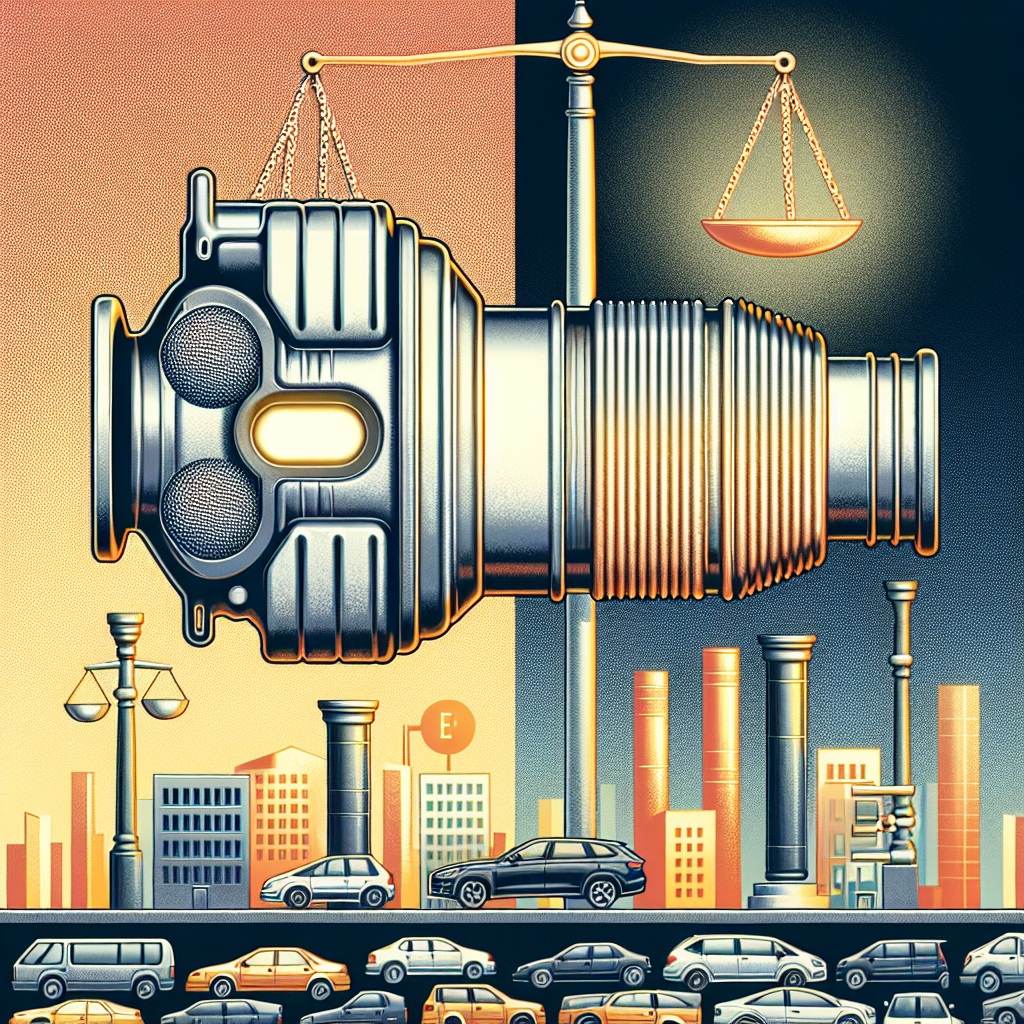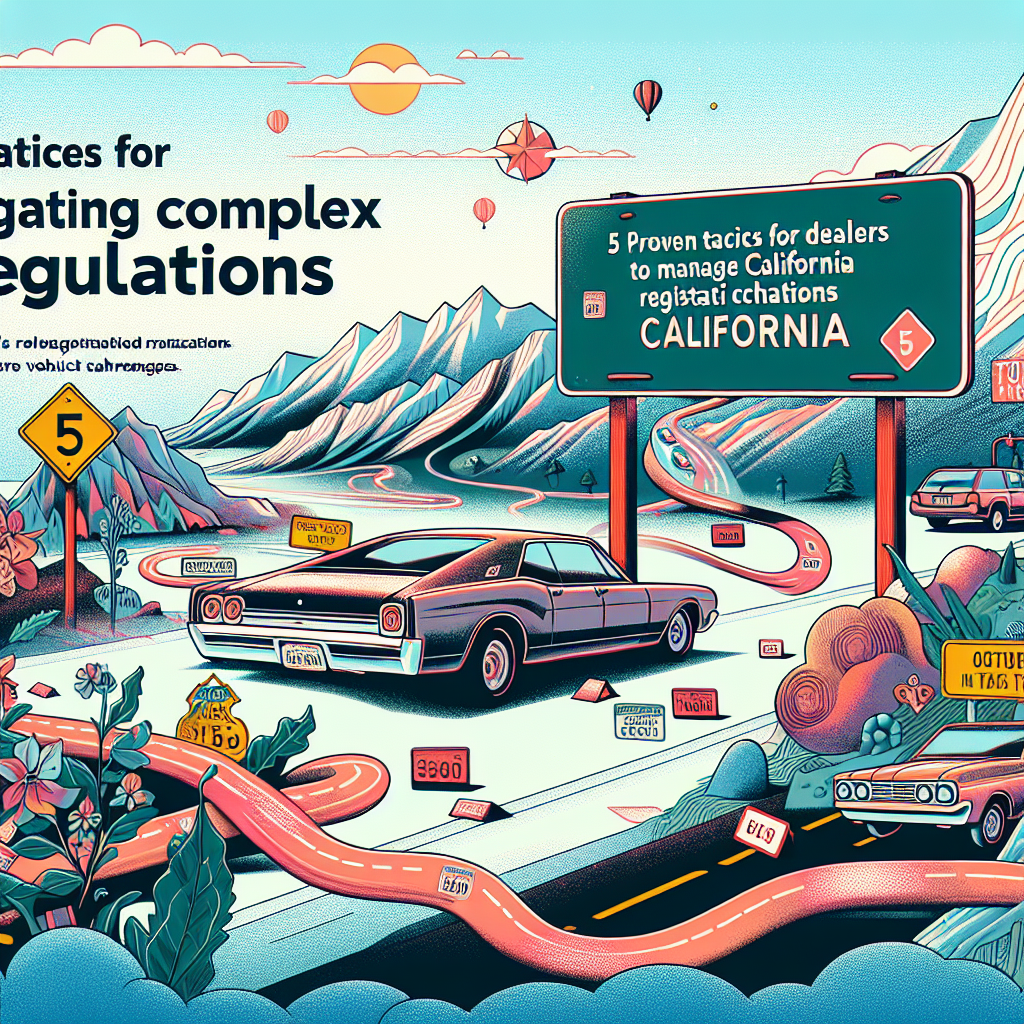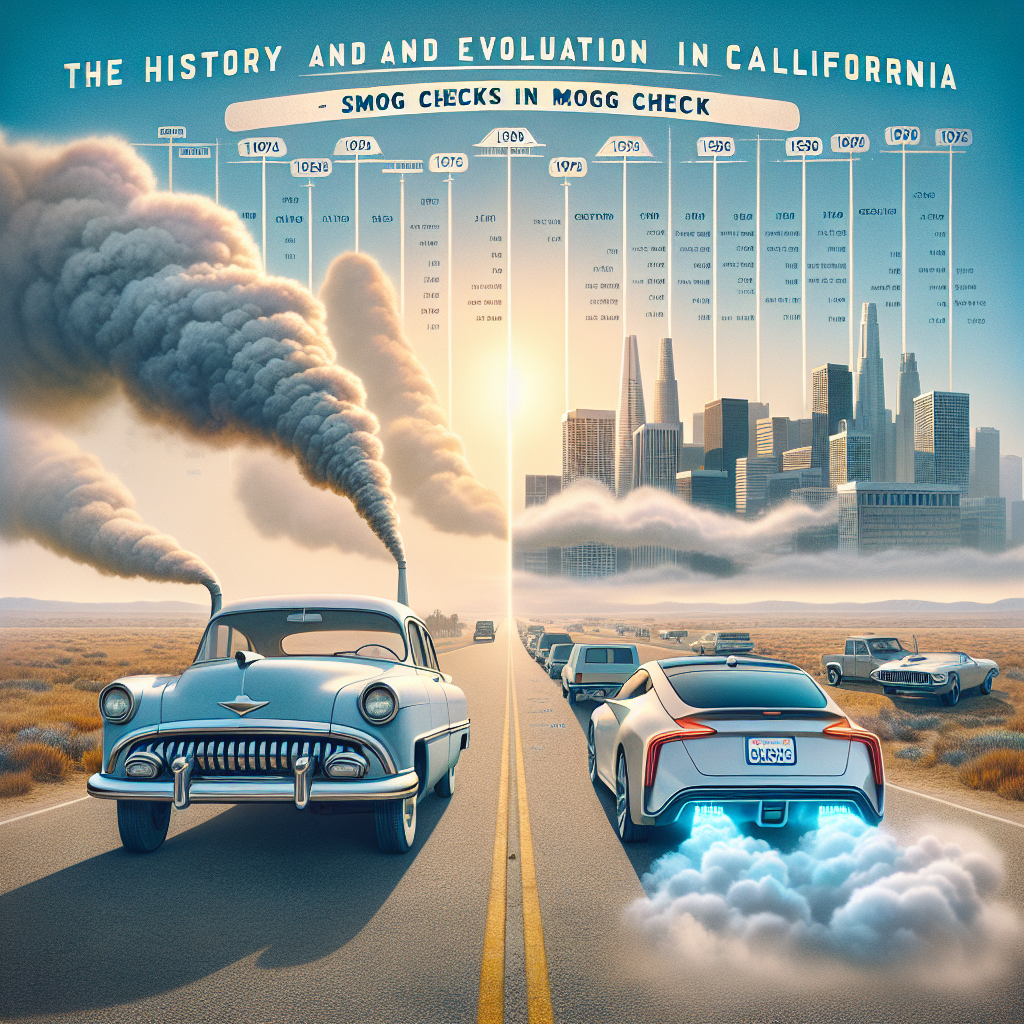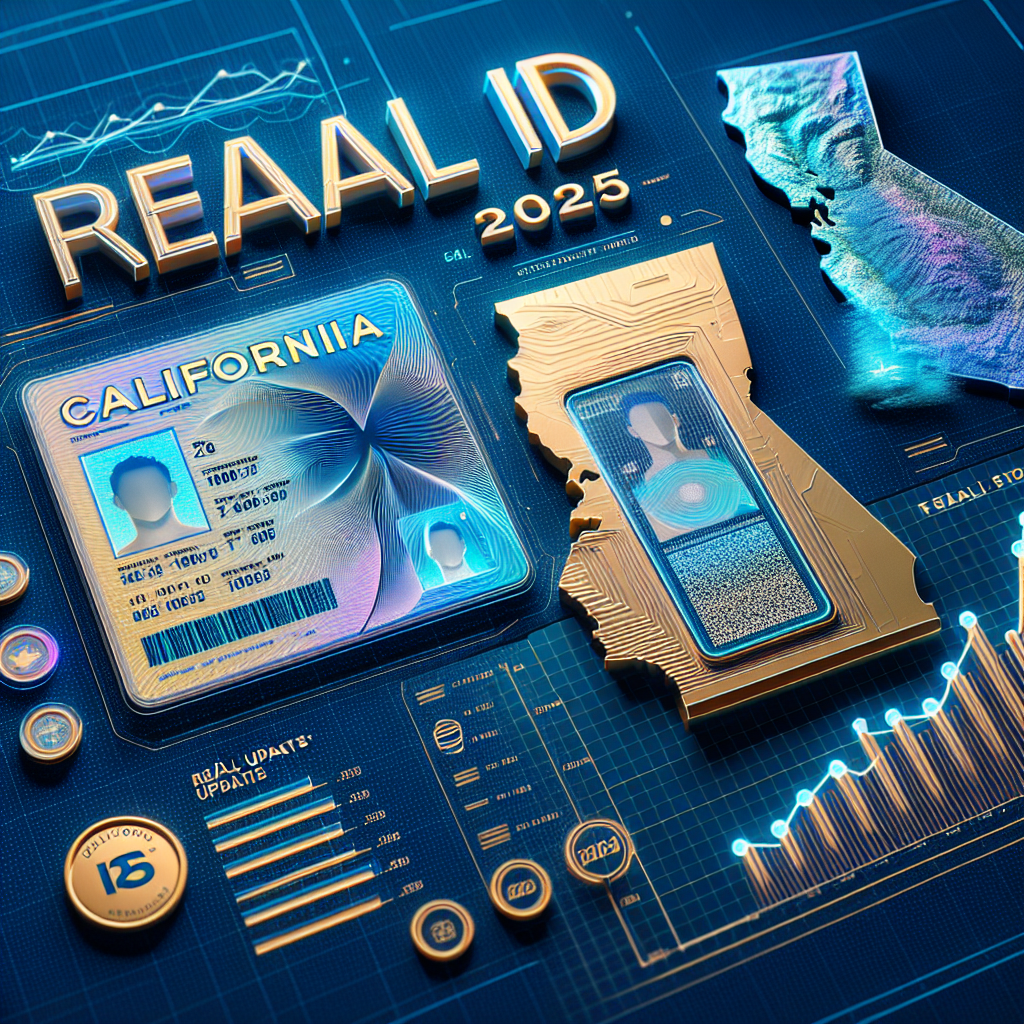Inside the New DMV Laws: Enhanced Penalties for Catalytic Converter Theft
Introduction
Lately, there’s been a big jump in catalytic converter theft, and it’s really worrying car owners and the police. But why are these parts so valuable, and why is theft on the rise? Catalytic converters help make our air cleaner by reducing harmful gases from cars. But because they have precious metals like platinum, palladium, and rhodium, they’re a hot target for thieves. To fight this problem, new DMV laws now have tougher penalties for those who steal them. Let’s look closer at what’s going on with catalytic converter theft and the new laws trying to stop it.
Understanding Catalytic Converter Theft
A catalytic converter is a part of a car that helps control emissions by turning bad exhaust gases into less harmful ones. Thieves want them because they have valuable metals that can sell for a lot of money. Unfortunately, these parts are easy to reach under a car, and it doesn’t take much to remove them.
Catalytic converter theft has gone way up in the last few years. It has increased by over 300% in some places, leaving car owners upset and challenging the police to keep up.
Overview of New DMV Laws
Because of the rise in thefts, many states have changed their laws to make penalties tougher. The goal is to stop thefts and help victims get justice. The new rules include:
- Higher fines and required jail time.
- Thieves must pay victims back.
- More rules about selling and buying used catalytic converters.
Before, the penalties were not very strict, which meant some people kept stealing without worrying too much.
Specific Penalties and Legal Repercussions
The new laws mean if you steal a catalytic converter, you can expect:
- Fines: Much higher fines, sometimes in the tens of thousands of dollars.
- Jail Time: Required jail time that can get longer if you keep getting caught, which might mean spending years in prison.
- Restitution: Thieves might have to pay for the costs of replacing the converter, labor, and other related damages.
These laws try to discourage repeat offenders by being much tougher in hopes of reducing thefts and keeping everyone safe.
Impact on Vehicle Owners
For everyday car owners, these new laws are a bit of a mixed bag. They might help prevent theft, but it’s also a reminder for owners to be careful and proactive. Here are some ways to help protect your car:
- Put on anti-theft devices like locks or shields for catalytic converters.
- Park in bright, busy areas.
- Etch your car’s VIN number onto the catalytic converter to help identify it if stolen.
If your converter has been stolen, there are resources to help you report the crime and deal with insurance.
Law Enforcement and Prevention Measures
Police play a crucial role in making these new laws work. By working with the DMV and other agencies, they can better enforce the laws and reduce thefts. Also, spreading the word in communities and pushing for awareness can help stop catalytic converter theft.
Neighborhood watch programs and keeping an eye out for suspicious activities can make it harder for thieves to operate.
Case Studies and Real-World Examples
Take a county in California that saw a 40% drop in catalytic converter thefts after getting stricter laws and more active policing. By catching and penalizing thieves, other places have seen good results too, proving that tough law enforcement can really make a difference.
Stories from people affected, police officers, and lawmakers show why these changes are needed and how they can keep communities safer.
Conclusion
The new DMV laws with tougher penalties are a big step forward in fighting catalytic converter theft. They aim to not only punish but also prevent future thefts and protect car owners. Being aware of these changes and taking precautions is important for everyone.
It’s key to encourage car owners to stay alert and take steps to protect their vehicles. Let’s spread the word and support adopting these laws more widely across the country.
Call to Action
Have you ever had a catalytic converter stolen, or do you have protection tips? Join the conversation by sharing your stories and advice. If you’ve been affected, many resources can help you get back what’s yours and boost your car’s security. Keep up with the latest DMV law updates by following our blog. Together, we can build a safe community and stop catalytic converter theft.
We encourage you to visit Tags Clinic at 3845 University Ave, San Diego, CA or call 619-777-9046 for more tips and assistance.









